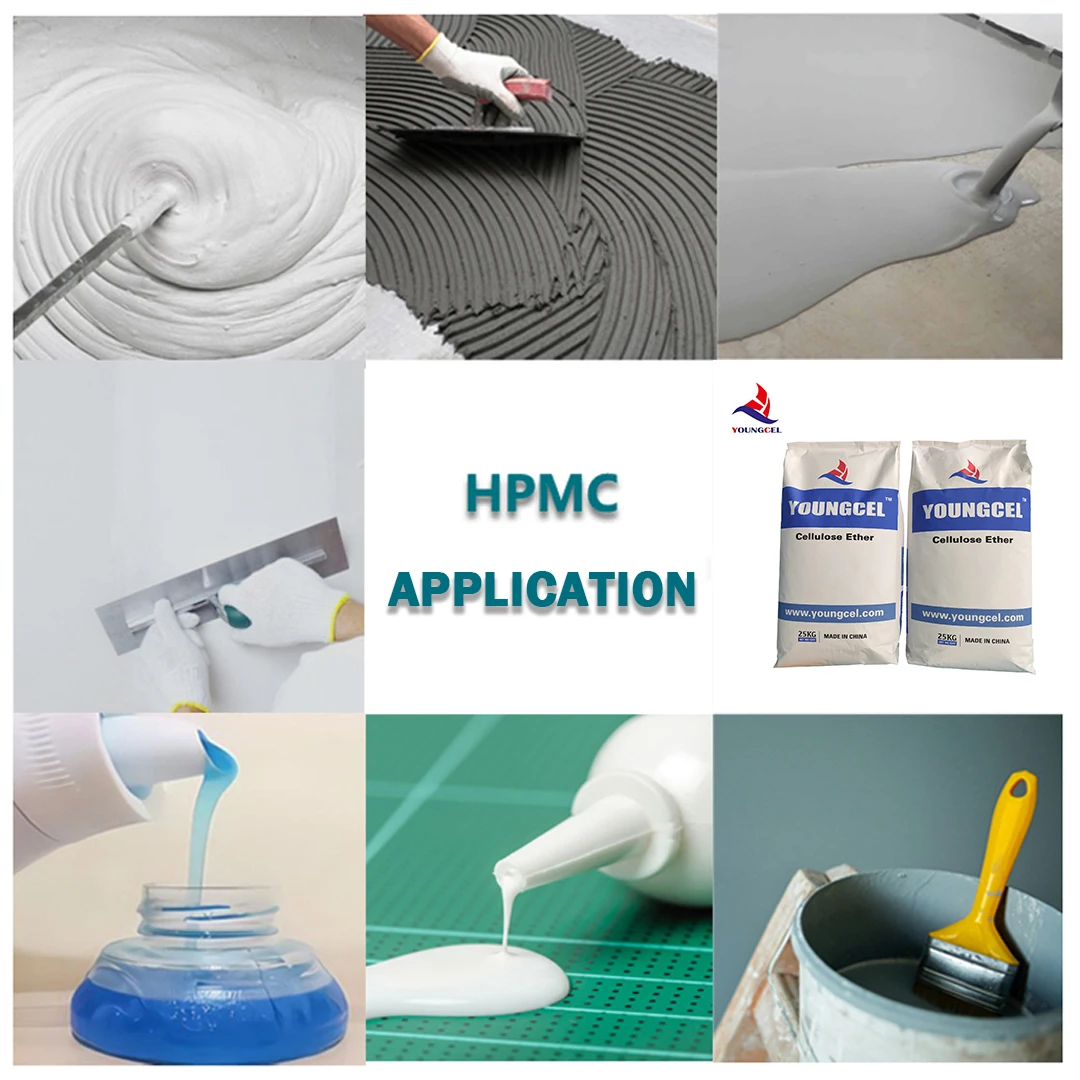Understanding HPMC Detergent A Comprehensive Overview
Hydroxypropyl Methylcellulose (HPMC) is a widely used polymer that has found significant applications in various industries, particularly in the formulation of detergents. This hydrocolloid, derived from cellulose, is renowned for its thickening, binding, and film-forming properties. As the demand for effective and eco-friendly cleaning solutions grows, the incorporation of HPMC in detergent formulations has gained prominence.
The Chemistry Behind HPMC
HPMC is synthesized through the modification of cellulose, a natural polymer derived from plant cell walls. The process involves the reaction of cellulose with propylene oxide and methyl chloride, resulting in a compound that possesses both hydrophilic and hydrophobic characteristics. This unique combination allows HPMC to interact effectively with water and other ingredients, making it an excellent addition to many cleaning products.
One of the key properties of HPMC is its ability to form viscous solutions in water. This viscosity is crucial for stabilizing emulsions and suspensions in liquid detergents. Furthermore, HPMC is non-ionic, which means it does not interfere with the performance of anionic or cationic surfactants, allowing for versatile formulation options.
Applications of HPMC in Detergents
HPMC is used in various types of detergents, including
1. Liquid Laundry Detergents In liquid formulations, HPMC enhances the viscosity and improves the texture, making the product easier to pour and measure. Its ability to suspend dirt and particulate matter contributes to the overall cleaning effectiveness, ensuring that soils are removed during the washing process.
2. Dishwashing Liquids HPMC is also commonly found in dishwashing detergents. Its thickening properties help to maintain a consistent texture, which improves user experience. Additionally, it aids in the stabilization of the formulation, ensuring that ingredients do not separate over time.
hpmc detergente

3. Surface Cleaners Many all-purpose cleaners and surface disinfectants benefit from the inclusion of HPMC. Its film-forming ability contributes to the product’s performance by allowing for better adherence to surfaces, ensuring that the cleaning agents have prolonged contact time with the dirt and stains.
Advantages of HPMC in Detergent Formulation
The use of HPMC in detergent formulations brings forth several advantages
- Eco-friendly HPMC is biodegradable and derived from natural sources, making it a preferable choice for environmentally conscious consumers. Its use in cleaning products aligns with the growing trend towards sustainability in product formulation.
- Safety Unlike many synthetic polymers and additives, HPMC is generally recognized as safe (GRAS) for use in household products. This quality makes it an attractive option for manufacturers aiming to market safe and effective cleaning solutions.
- Versatility HPMC's ability to adjust viscosity without affecting the cleaning performance allows formulators to experiment with different concentrations and combinations, resulting in tailored products for specific market segments.
Conclusion
In conclusion, HPMC serves as a valuable ingredient in the production of modern detergents. Its multifunctional properties not only enhance the performance and stability of cleaning products but also cater to the increasing demand for eco-friendly alternatives. As the industry continues to evolve, the role of HPMC in detergent formulations is likely to expand further, supporting both effectiveness and sustainability. By understanding the chemistry and applications of HPMC, manufacturers can innovate and deliver superior cleaning products that meet the needs of consumers around the globe.
-
Rdp Powder: Key Considerations for Wholesalers in the Building Materials IndustryNewsJul.08,2025
-
Key Considerations for Wholesalers: Navigating the World of Hpmc - Based ProductsNewsJul.08,2025
-
Hpmc Detergent: Key Considerations for WholesalersNewsJul.08,2025
-
Key Considerations for Wholesalers: China Hpmc For Tile Adhesive, Coating Additives, Concrete Additives, and MoreNewsJul.08,2025
-
Crucial Considerations for Wholesalers: Navigating the World of Construction MaterialsNewsJul.08,2025
-
Key Considerations for Wholesalers Sourcing Additive For Cement, Additive For Concrete, Additive For Putty from Additive Manufacturer Shijiazhuang Gaocheng District Yongfeng Cellulose Co., Ltd.NewsJul.08,2025




